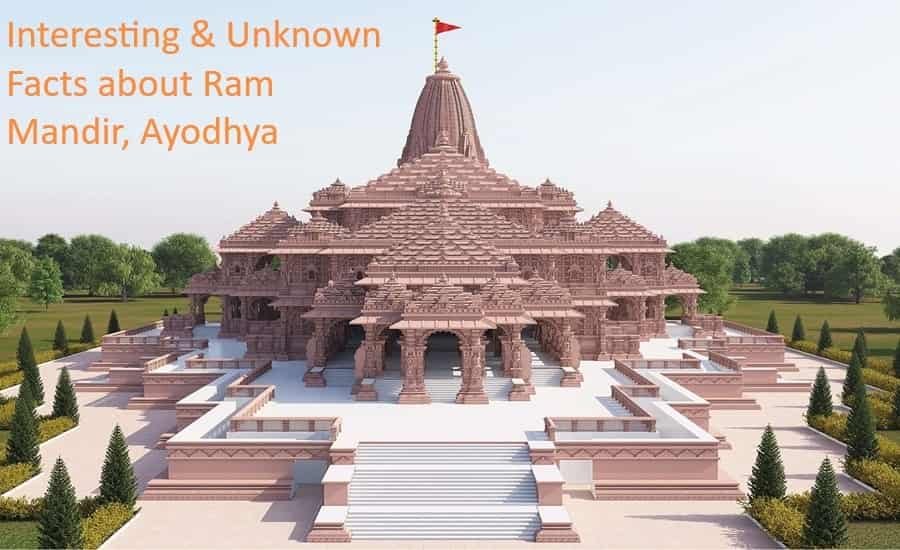As Ayodhya prepares for the grand inauguration of the Ram Mandir on January 22, let’s delve into some crucial facts about this monumental structure that capture its significance, architectural marvel, and unique features.
1. Largest Temple in India: The Ram Mandir, slated for inauguration, is set to claim the title of the largest temple in India based on its design. Crafted by the Sompura family, renowned for their temple designs, the architectural plans were conceived by Ashish Sompura around 30 years ago. The temple is anticipated to stand at an impressive height of approximately 161 feet, covering a vast area of 28,000 square feet.
2. Sacred Foundation: The foundation of the Ram Mandir holds profound spiritual significance, as sacred soil from 2587 regions was brought in for its construction. This soil includes contributions from notable places such as Jhansi, Bithoori, Haldighati, Yamunotri, Chittorgarh, Golden Temple, and other holy sites.
3. Illustrious Architects – The Sompura Family: The architects of the Ram Mandir belong to the esteemed Sompura family, celebrated for crafting over 100 temples globally, including the revered Somnath Temple. Led by chief architect Chandrakant Sompura and supported by his sons Ashish and Nikhil, this family has established a legacy in temple architecture that transcends generations.
4. No Iron or Steel Used: In a distinctive choice, the Ram Mandir has been constructed entirely of stones, with no usage of iron or steel, showcasing a commitment to traditional construction methods.
5. ‘Shri Ram’ Bricks: The bricks used in the construction of the Ram Mandir bear the sacred inscription ‘Shri Ram.’ This echoes an ancient practice observed during the construction of Ram Setu and is believed to imbue the bricks with enhanced strength and durability.
6. Soil from Thailand: As a symbol of international spiritual camaraderie, soil from Thailand has been sent for the consecration ceremony of Ram Lalla on January 22, 2024. This gesture highlights the universal resonance of Lord Ram’s legacy beyond geographical boundaries.
7. Three-Floor Structure: Spread across three floors and covering 2.7 acres, the ground floor of the temple depicts Lord Ram’s life. The first floor immerses visitors in the grandeur of Lord Ram’s Darbaar, crafted with Bansi Paharpur, a pink sandstone from Rajasthan’s Bharatpur. With a length of 360 feet, width of 235 feet, and a height of 161 feet, including the peak, the temple stands as a majestic testament to architectural grandeur.
8. Contribution of Holy Rivers: During the August 5th consecration ceremony, holy water from 150 rivers across India was used, symbolizing the sacredness associated with the temple.
9. Time Capsule for Posterity: A time capsule buried 2000 feet below the temple includes a copper plate inscribed with relevant information about the temple, Lord Ram, and Ayodhya. This initiative aims to preserve the identity of the temple for future generations.
10. Nagar Style Architecture: Incorporating 360 pillars in the Nagar style, the temple enhances its visual appeal, standing as a masterpiece of architectural finesse.
The upcoming inauguration of the Ram Mandir not only marks a monumental event for Ayodhya but also stands as a testament to the rich cultural and historical heritage of India, echoing the universal ideals embodied by Lord Ram.
Paris sightseeing
Book Paris activities
Louvre museum paris
Paris limousine rental
Rolls Royce Paris
Eiffel Tower Paris
Airport Transfer Paris
Book Paris Taxi
Seine River Cruise
Wine Tasting Paris
Paris luxury hotels
Switzerland luxury hotels
Europe Car rental
Europe coach rental
Paris Limousine
Dior Paris
Beauvais Airport transfer
